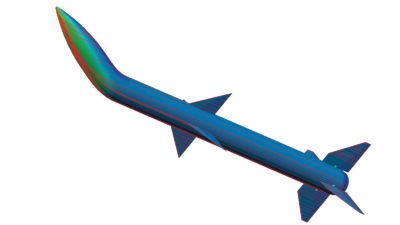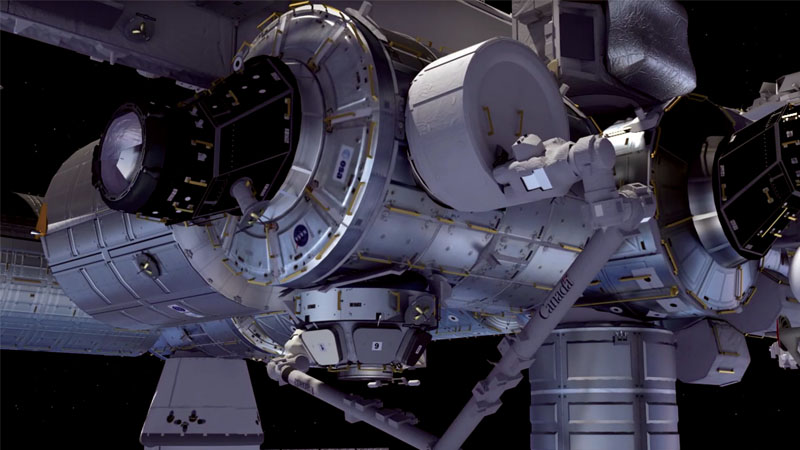Launching missions to Mars and the asteroids beyond
By GIANG LAM|December 2020
The Aerospace Power Systems Technical Committee focuses on the analysis, design, test or application of electric power systems or elements of electric power systems for aerospace use.
NASA’s Origins, Spectral Interpretation, Resource Identification, Security, Regolith Explorer, or OSIRIS-REx, spacecraft collected samples from the surface of the asteroid Bennu in October. The spacecraft, which launched in 2016, maneuvered to approach the asteroid, touched down on Bennu with its Touch-and-Go Sample Acquisition Mechanism instrument to gather surface samples and sealed the samples collected into its Sample Return Capsule. The mission required a minimum of 60 grams (2.1 ounces) of surface samples. TAGSAM collected well over that amount. It was so much that the seal over the instruments could not close as designed, and some of the sample escaped. However, scientists got the capsule to close earlier than scheduled, securing the samples. OSIRIS-REx will begin its return to Earth next year and drop off of its samples in 2023.
For the first time, three missions started the seven-month journey to Mars within the same year. NASA’s nuclear-powered Mars 2020 Perseverance rover and its passenger, the solar-powered helicopter Ingenuity; the United Arab Emirate’s Hope orbiter; and China’s Tianwen-1 orbiter, rover and lander all were launched to Mars in July. Perseverance is a twin of the 2016’s Mars Curiosity rover in operation on the planet since 2012. The Hope mission will be the first from an Arab country to enter orbit around another planet. Tianwen-1 will be China’s first mission to Mars.
The Psyche mission, of which Colorado-based Maxar Technologies is the primary contractor, completed critical design review in July, in preparation of manufacturing flight hardware and instruments for Phase C. The mission aims for a closer examination of a unique metal asteroid, 16 Psyche, which appears to be the exposed nickel-iron core of an early planet comparable to Earth’s core. The Psyche spacecraft will be powered by solar electric propulsion as it heads to the metal asteroid located at approximately 2.4 astronomical units, between Mars and Jupiter.
In September, two identical small satellites that are part of the Janus mission passed their Key Decision Point C to begin project implementation. The twin spacecraft will be tasked with returning the first high-resolution images of the binary asteroids 1996 FG3 and 1991 VH. Each spacecraft will be solar powered at approximately 100 watts, propelled by electric thruster, and weigh about 36 kilograms (80 pounds) each. The Janus mission is part of NASA’s Small Innovative Missions for Planetary Exploration program to study binary asteroids beyond Mars orbit.
Lockheed Martin’s Lucy spacecraft passed its Key Decision Point in August, allowing the company to proceed with assembling and testing the spacecraft and its instruments in preparation for launch to the Trojan asteroids leading and trailing in orbit with Jupiter. Lucy will be powered by two 7-meter-diameter solar arrays providing approximately 22,000 W of power in Earth’s orbit and approximately 400 W at 5.7 AU.



































